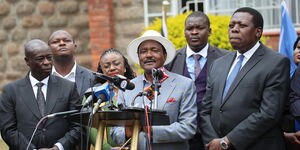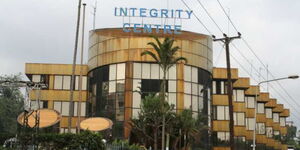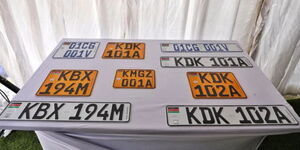Freemasonry defined a number of landmark buildings in Nairobi, constructing some of the grandest structures in the country, which are considered classic despite existing for close to a century.
Some of the structures are now considered national monuments that tend to give Nairobi a regal feeling while at the same time reminiscing Kenya's pre-independence history.
State House, Supreme Court of Kenya, Kenya Railways Central Station, and Nairobi School are among these iconic establishments. However little is known regarding the brains behind the structures and their outstanding designs.
Sir Herbert Baker is the name behind all the buildings. The English architecture born in 1862 is remembered as a dominant force in the construction sector.
Nairobi planning started in early 1920. At that time, Kenya was under British rule and acquired the services of an architect known as J.A Hoogterp.
Hoogterp later moved to Johannesburg in South Africa allowing Freemasonry to take charge of the architectural design of the country. This started when the British government sought the services of Sir Baker.
Baker, who was the fourth child of a British farmer, Thomas Henry Baker, then borrowed from other cities such as Washington DC, Paris, Cape Town, New Delhi, and La Plata to design Nairobi. The architectural designs Baker adopted were widely considered masonic complete with signs and symbols.
Notable buildings with impeccable masonic signs include the Parliament, All Saints Cathedral, McMillan Library, Kenya Railways headquarters, and City Hall.
Sir Baker properly executed his genius for stone carving, bricklaying, and meticulous construction skills that still stand out a century later.
The British architect made a mark after being contracted to design a State House for the then Governor of Kenya Sir Edward Grigg in 1925.
Just like other designers such as Colonel Ewart Grogan, Baker chose the hilly area around the arboretum to put up his Palladian creation. It is punctuated with large, white columned loggias revealing his deep passion for construction.
In 1927, he was contracted by Kenya Railways where he designed magnificent examples of neoclassical architecture.
The complex that still stands tall to date consists of three blocks built around a central quadrangle. Baker used different exotic designs to make it stand out such as Njiru Blue Stone, Mangalore tiled roof, timber trusses, and stone archways among others.
In the period between 1932 to 1934, Baker built the High Court building, which is now the Supreme Court using the same neoclassical features and materials. It was so stylish and iconic that Africans were not allowed in.
He would later build other structures within the city leaving behind a rich history in the country.
Baker who passed on in 1964, also takes credit for building structures in South Africa such as the Union Building in Pretoria, Pretoria, St. Andrew's College, Grahamstown, St. John's College, and Johannesburg, among others.
Before venturing into architectural works, Baker was awarded the Ashpitel Prize for being top of his class. He found his way to South Africa following his brother where he landed his first job to remodel Groote Schuur, an iconic building belonging to Cecil Rhodes.












